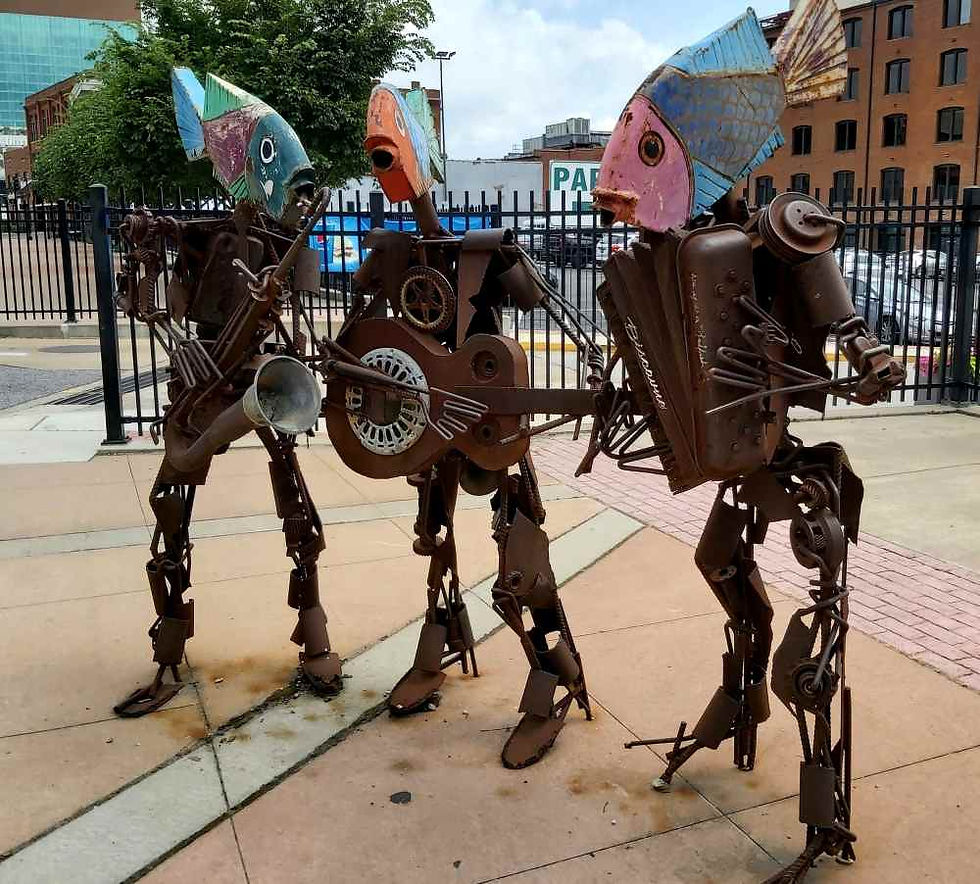West Bank: Banksy
- Matthew P G

- Nov 27, 2022
- 3 min read

West Bank/Israel Border Wall

Iconic Banksy near Bethlehem. June 2018
I actually never heard of Banksy until I travelled to Israel. I had seen some of his creations in social media imagery, but was not aware of his work by name.
Banksy's name and identity remain unconfirmed and the subject of speculation. In a 2003 interview with Simon Hattenstone of The Guardian, Banksy is described as "white, 28, scruffy casual—jeans, T-shirt, a silver tooth, silver chain and silver earring. He looks like a cross between Jimmy Nail and Mike Skinner of The Streets." Banksy began as an artist at the age of 14, was expelled from school, and served time in prison for petty crime. According to Hattenstone, "anonymity is vital to him because graffiti is illegal". Banksy reportedly lived in Easton, Bristol during the late 1990s, before moving to London around 2000.
Banksy is commonly believed to be Robin Gunningham, as first identified by The Mail on Sunday in 2008, born on 28 July 1973 in Yate, 12 miles (19 km) from Bristol. Several of Gunningham's associates and former schoolmates at Bristol Cathedral School have corroborated this, and in 2016, a study by researchers at the Queen Mary University of London using geographic profiling found that the incidence of Banksy's works correlated with the known movements of Gunningham. According to The Sunday Times, Gunningham began employing the name Robin Banks, which eventually became Banksy. Two cassette sleeves featuring his art work from 1993, for the Bristol band Mother Samosa, exist with his signature. In June 2017, DJ Goldie referred to Banksy as "Rob".
(Wikipedia)
I give the guy credit for being both harshly critical and sublimely whimsical simultaneously. The man truly is an artist who knows how to make a political statement. Right next to the West Bank/Israel border wall (West Bank side) Banksy built the "Walled-Off" Hotel. It is a quirky place with strange furniture that looks like it was all purchased in one day from a thrift shop in the East Village. There is gallery space on the second floor which features the work of aspiring Palestinian artists. I am not sure how much fun it would be to stay there because the location isn't near much of anything and the West Bank is a dire place (not out of danger, out of poor infrastructure). Building a hotel in that location was just so "Bansky". Now that I know about him, I follow his work around the world - most notably in conflict zones. His most recent set of biting-commentary-works is set amongst the bombed out buildings of Ukraine.
Through my travels I have become a lover of street art - there are cities that are filled with it: Vitoria-Gasteiz, Cincinnati, and Lisbon to name a few favorites. Visits to those places were greatly enhanced by the surprise of turning a corner and running into some unexpected image. Street art in the USA seems to focus more on art with a political twist while the European variety is the opposite - political statements that are artistically crafted. As for Bansky, he is clearly European - more about the statement than the art. His style is sparse, but the impact tremendous.
Street art grew out of "graffiti"
mid 19th century: from Italian (plural), from graffio ‘a scratch’. Writing or drawings scribbled, scratched, or sprayed illicitly on a wall or other surface in a public place. - Oxford Dictionary
The first modern graffiti writer is widely considered to be Cornbread, a high school student from Philadelphia, who in 1967 started tagging city walls to get the attention of a girl.
Even if graffiti has been around for a very long time, modern street art seems to have been born in Philadelphia (also a place with great city murals) and then perfected in New York City before spreading worldwide and adapting to each city that embraced it. Another "dubious gift" from America to the world - street art that beautifies through protest as vandalism.
Banksy may well be the graffiti DaVinci of our time.



Comments